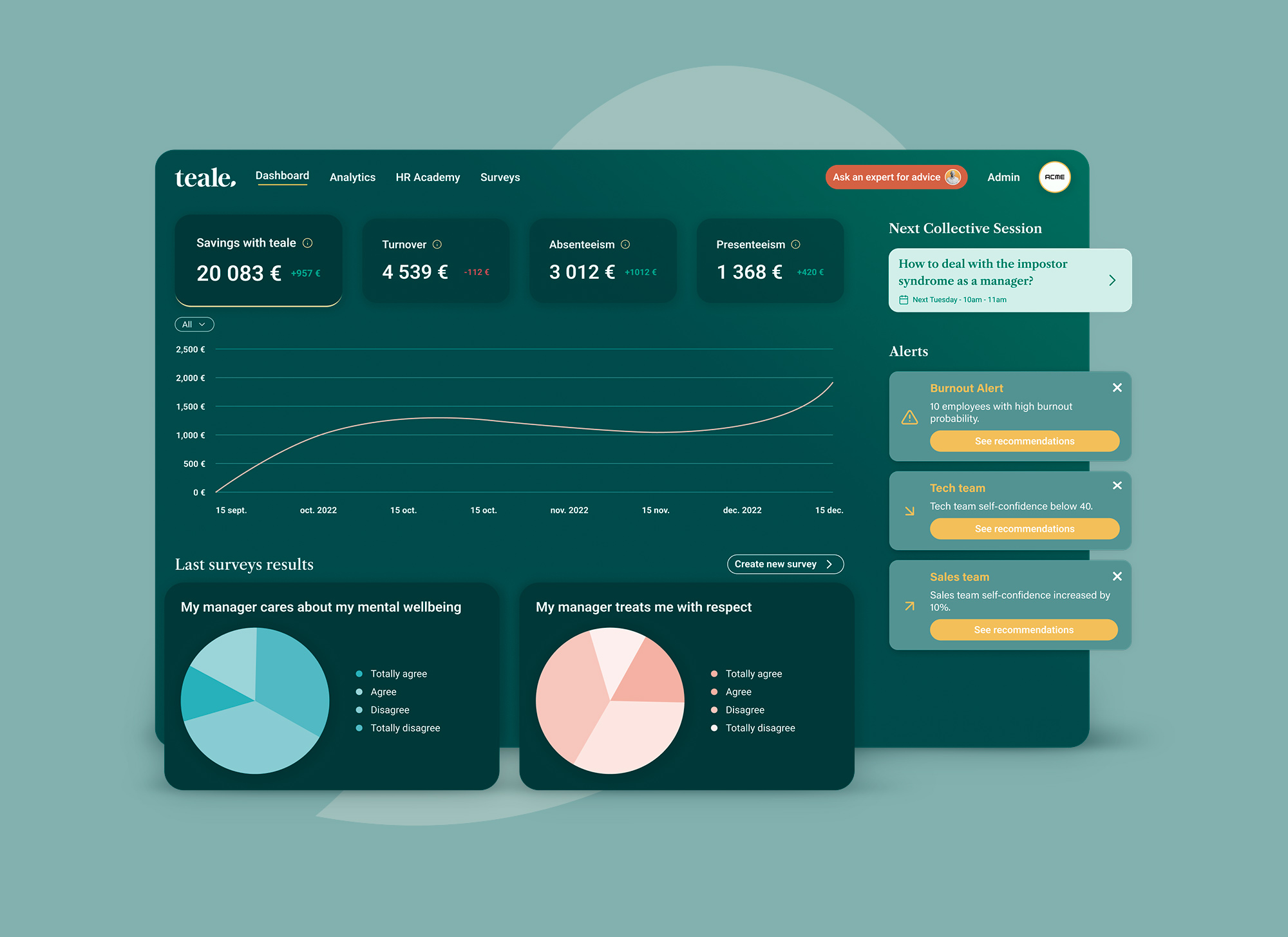Advanced Budgeting Strategies for Different Life Stages
Advanced Budgeting Strategies for Every Life Stage | Mon Learn advanced budgeting strategies tailored to students, families, and retirees. Take control of your money at every stage of life.
Introduction
Budgeting is the foundation of financial success, but it’s not one-size-fits-all. The money management needs of a college student are very different from those of a parent with young children or someone preparing for retirement. That’s why adopting advanced budgeting strategies tailored to your stage of life is essential.
In this guide, we’ll explore practical approaches to budgeting for students, young professionals, families, and retirees—helping you maximize your money no matter where you are in your financial journey.
Budgeting in Early Adulthood (Students & Young Professionals)
1. Focus on Expense Awareness
At this stage, income is usually limited while expenses—like tuition, rent, or starting a first job—are high. The key is developing awareness of where every dollar goes.
-
Use free budgeting apps (Mint, Goodbudget) to track spending.
-
Identify “leaks” like daily coffee, food delivery, or unused subscriptions.
2. Embrace the 50/30/20 Rule
Divide income into:
-
50% Needs (rent, bills, transportation)
-
30% Wants (entertainment, dining out)
-
20% Savings/Debt Repayment
If you have student loans, prioritize extra payments in the 20% category.
3. Build a Starter Emergency Fund
Even $500–$1,000 can protect you from small crises like car repairs. Automate small deposits weekly to get started.
Pro Tip: If your job offers a retirement plan (401k, RRSP, TFSA), start contributing—even 5%. Time is your biggest wealth-building ally.
Budgeting in Your 30s: Building Stability
By this stage, careers are developing, incomes often rise, and big life milestones—like buying a home or starting a family—enter the picture.
1. Prioritize Debt Reduction
High-interest debt (credit cards, personal loans) can cripple future financial growth. Use the avalanche method (pay highest interest first) to save the most money in the long run.
2. Plan for Major Expenses
-
Home purchase down payments
-
Childcare or education savings (RESP, 529 Plans)
-
Insurance premiums (health, life, disability)
Budget proactively by setting up sinking funds (separate savings accounts for each goal).
3. Automate Savings & Investments
Direct deposits into retirement accounts, investment apps, or high-yield savings accounts help enforce discipline without relying on willpower.
Pro Tip: In this stage, consider aiming for 15–20% of income into savings and investments. The earlier you ramp this up, the more financial freedom you’ll have later.
Budgeting in Your 40s and 50s: Peak Earning & Family Priorities
This is often the “sandwich generation”—balancing the costs of children while sometimes supporting aging parents.
1. Maximize Retirement Contributions
Take full advantage of employer retirement matches and tax-advantaged accounts. The compounding effect in these decades is huge.
2. Balance Education vs. Retirement
It’s tempting to prioritize kids’ college funds, but remember: you can borrow for college, but you can’t borrow for retirement. Ensure your retirement plan is on track before overfunding education savings.
3. Manage Lifestyle Inflation
With higher incomes, lifestyle creep (bigger homes, luxury cars, vacations) can derail savings. Stick to a percentage-based budget—e.g., never let housing exceed 30% of your income.
Pro Tip: Reevaluate insurance policies (life, disability, long-term care) to protect your family in case of unexpected events.
Budgeting in Retirement
When income comes from pensions, savings, or investments rather than work, budgeting shifts focus from growth to sustainability.
1. Create a Retirement Withdrawal Plan
Use strategies like the 4% rule—withdraw 4% of your retirement portfolio annually to stretch funds over decades. Adjust based on inflation and investment returns.
2. Minimize Fixed Costs
Pay off debt before retirement if possible. Downsizing your home or moving to a lower-cost area can free up income for travel, hobbies, and healthcare.
3. Plan for Healthcare Expenses
Medical costs are one of the biggest retirement budget drains. Allocate a higher percentage of your budget here and explore supplemental insurance.
Pro Tip: Consider keeping some investments in growth-oriented funds to combat inflation, even in retirement.
Universal Advanced Budgeting Tips (At Any Age)
-
Zero-Based Budgeting: Assign every dollar a “job,” whether it’s spending, saving, or investing.
-
Use Cash Envelopes for Problem Areas: Great for controlling dining out or shopping splurges.
-
Regular Budget Check-Ins: Review monthly, adjust quarterly, and set annual financial goals.
-
Track Net Worth: Budgeting is not just about income and expenses—measure progress by tracking assets minus liabilities.
Conclusion
Budgeting evolves as your financial life changes. What works for a college student won’t be enough for someone approaching retirement. By adopting advanced budgeting strategies for each life stage, you’ll ensure you’re not only covering today’s expenses but also building the foundation for long-term wealth and security.
No matter where you are in your financial journey, remember: budgeting is not about restriction—it’s about empowerment. With the right plan, you can achieve freedom and peace of mind at every stage of life.












